
ETFE Membrane Envelope Strategies
Airflow within the cavity of double-skin facades is a key component of adaptive building envelopes which change thermophysical properties to meet

Airflow within the cavity of double-skin facades is a key component of adaptive building envelopes which change thermophysical properties to meet

With net zero and carbon neutral mandates on the near horizon, New York City has pushed the green building envelope by leveraging incentive-based
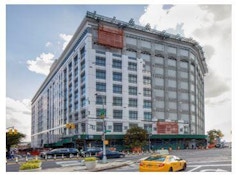
Center Three is a 100-year-old, one million square-foot building in Long Island City, New York that was constructed over the course of one year. It
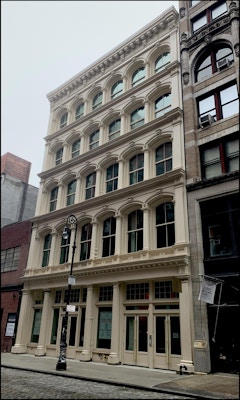
In 1871, a fourth level Architecture course was offered in New York City that instructed on topics such as heating, ventilation and circulation of
At the core of facade design is the concept of interdisciplinarity, a bridge between concept and materialization apt to relay a built form



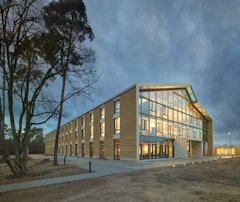
In order to get to a carbon neutral building stock – which is e.g. required by the EU Carbon roadmap by 2050 – our efforts need to be smart and

Developments in performative computational analysis, mass customization, and complex form manipulation revolutionized building envelope design

Life cycle assessment was introduced in the 1970s as an analytical tool to quantify the environmental impact of a product, process, or service.

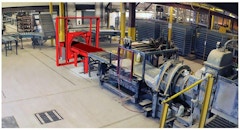
This paper documents a six year academia/industry collaboration between researchers at the Department of Architecture, University at Buffalo (SUNY)
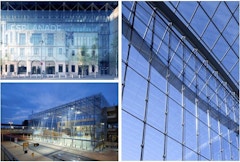
Facade engineering aims at appropriately balancing the demands imposed by the context and the capabilities inherent to the materials, the geometries
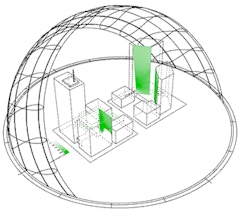
Climate change and related thermal issues, draw attention to the impact of green facades and roofs on energy savings and thermal comfort. Besides, by


Environmental and socio-economic benefits of sustainable preservation have become apparent most recently in the restoration of the historic former